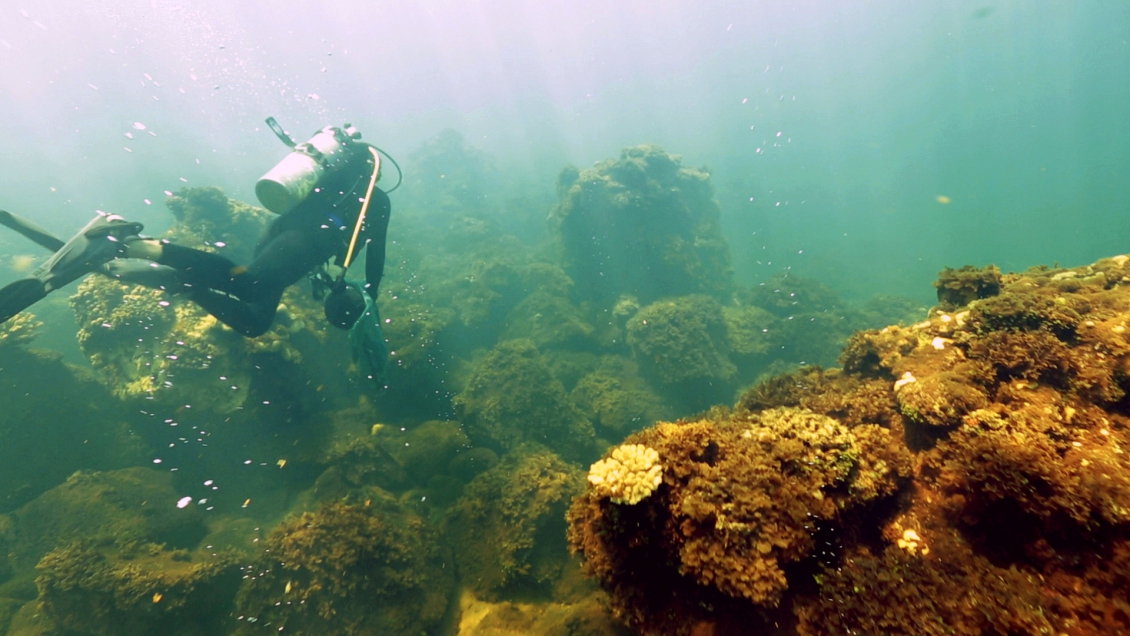September 14, 2018
SALEM, Ore.— Oregon is among the first places to document the impacts of “ocean acidification”— what happens when human-produced carbon dioxide is absorbed by seawater, resulting in chemical reactions that change the water’s pH and make it more acidic. Oregon is meeting this problem head on, most recently with the convening of the Oregon Coordinating Council on Ocean Acidification and Hypoxia.
Back in 2007, the Whiskey Creek Shellfish Hatchery lost 75 percent of the larvae it needs to produce oysters. Researchers and the oyster industry scrambled to find the cause, assuming it was bacterial contamination. But the problem was determined to be ocean acidification due to the summer upwelling of deep acidified ocean waters.
Over the last two decades, the coast has also experienced several “hypoxia” events, where low oxygen levels lead to the die-off of crabs and other marine life. While researchers and industry were able to mitigate for water chemistry in a closed-system like the hatchery, dealing with changes in open-ocean ecosystems is even more challenging.
In 2017, the Oregon State Legislature passed SB 1039 to create the Coordinating Council on Ocean Acidification and Hypoxia (OAH Council) to address these issues. OAH Council co-chairs, Caren Braby from Oregon Fish and Wildlife and Jack Barth from Oregon State University, note that there is a remarkable opportunity to help strengthen Oregon’s ecosystem and the fishing and shellfish industries that rely on it.
“There are solutions within our reach,” Braby said. Barth added, “There are local actions that are meaningful in fighting the global challenges of climate and ocean changes.
Today, the Council released its first bi-annual report.The OAH Council met monthly from January to August 2018 to develop their report and made recommendations in five key areas:
- Strengthen the science, monitoring and search of ocean acidification and hypoxia by maintaining and expanding the robust monitoring network that captures OAH oceanographic trends;
- Reduce the causes of OAH by aligning with state and global efforts to reduce excess carbon dioxide and water pollutants that amplify impacts of OAH;
- Promote adaptation and resilience to OAH, for example by incorporating hotspot/refugia considerations into long-term planning for Oregon’s Marine Reserves;
- Raise awareness of ocean acidification and hypoxia, the science behind it, impacts and solutions, and
- Commit resources to actions that could address OAH.
From among the 38 recommendations in the Council’s report, the most immediate steps the Council recommends are:
- Support and maintain Oregon’s monitoring of OAH oceanographic metrics and biological response metrics.
- Incorporate OAH into carbon dioxide management and mitigation discussions in the state.
- Support new initiatives to promote resilience of the ecosystem.
- Keep legislators and policy-makers up-to-date on the science, impacts and solutions for OAH.
- Develop high-level policy guidance for the state’s government agencies on prioritizing OAH in agency workload
“New research points to the an ever growing list of marine organisms known to be vulnerable to the threats of OAH, including species that underpin livelihoods and culture in Oregon like Dungeness crab, rockfish and salmon,” said Dr. Francis Chan, an OSU researcher and co-chair of the recent West Coast Ocean Acidification and Hypoxia Science Panel. “Oregon is well-poised to act on these recommendations, thanks to its world-class ocean science facilities, expertise across universities and forward-thinking decision makers.”
Over the next year, the OAH Council will be working with the Oregon Legislators, the Governor and the public to formulate Oregon’s OAH Action Plan, to be finalized in 2019. For more information on the OAH Council or to get involved in Oregon’s OAH Action Plan, please see Council’s web page.


